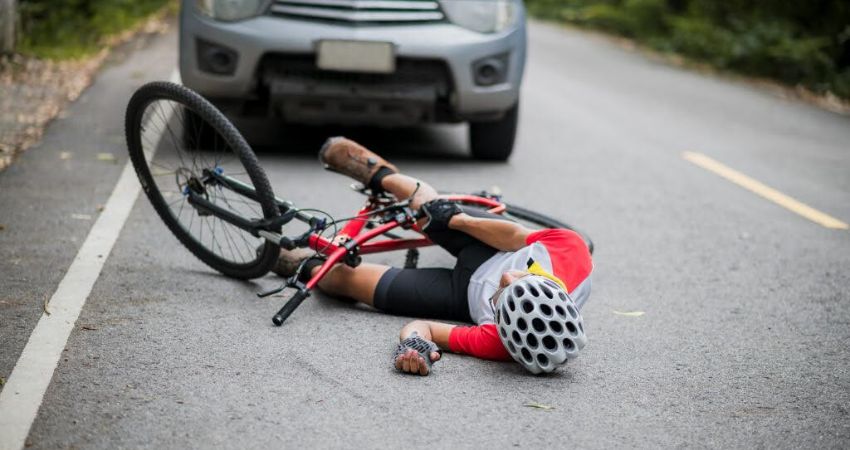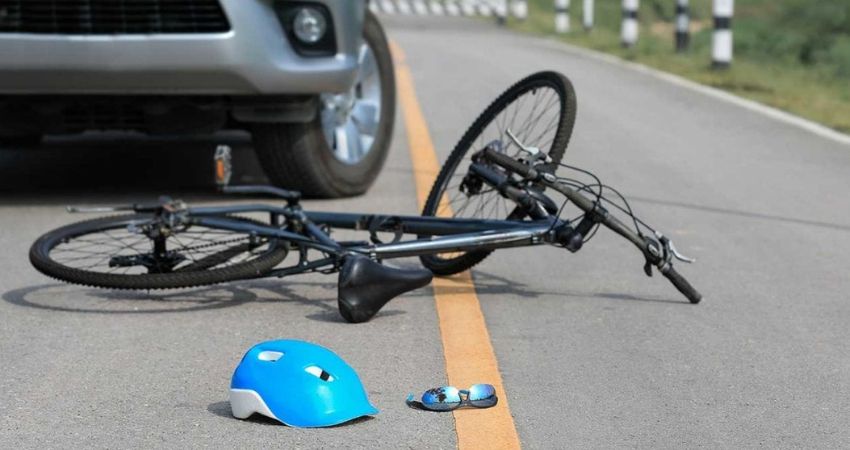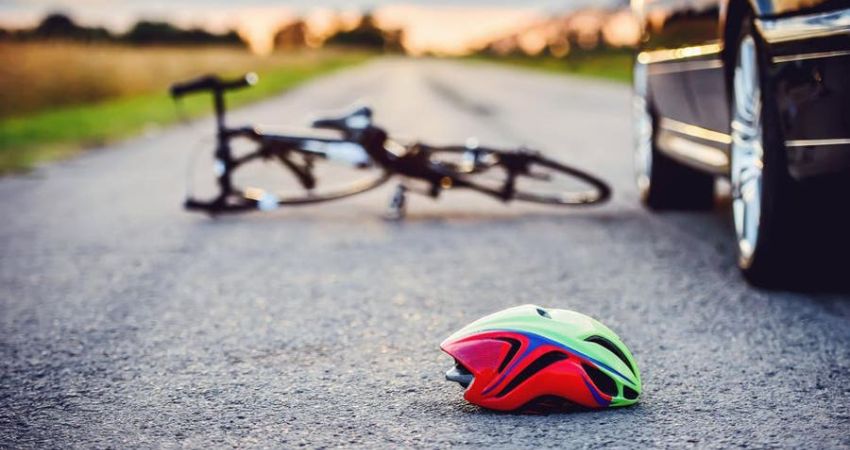Bicycle Accident Legal Rights And Responsibilities: Bicycling is a popular mode of transportation and recreation, but it comes with its own set of legal considerations. In the event of a bicycle accident, understanding your legal rights and responsibilities is crucial for navigating the aftermath effectively. This comprehensive guide explores the legal aspects of bicycle accidents, empowering cyclists with knowledge to protect themselves on the road.
Bicycle Accident Legal Rights And Responsibilities
Cyclists, as rightful users of the road, possess an array of rights analogous to those of motorists. It is imperative to grasp these entitlements to uphold one’s legal position in case of any unfortunate accidents. As a cyclist, you maintain the prerogative to fully occupy a lane, utilize designated bike lanes where provided, and merit equivalent respect and consideration afforded to fellow road occupants.
Certainly! Let’s delve deeper into the rights of cyclists on the road and why understanding and advocating for these rights are crucial for ensuring their safety and well-being.
Cyclists, often referred to as vulnerable road users, share the responsibility of using the road with other motorists. However, due to the inherent differences in size, speed, and level of protection between bicycles and motor vehicles, cyclists face unique challenges and dangers while navigating traffic. Recognizing and respecting cyclists’ rights is not only a matter of legal obligation but also a fundamental aspect of promoting road safety and fostering a harmonious coexistence among all road users.
One of the fundamental rights of cyclists is the right to occupy a full lane. While some motorists may perceive cyclists as impediments to traffic flow, it’s essential to understand that cyclists are entitled to the same space on the road as any other vehicle. This means that cyclists have the legal right to ride in the center of the lane when necessary, such as when navigating narrow roads, approaching intersections, or avoiding hazards like parked cars or debris on the side of the road.
Responsibilities of Cyclists

Alongside rights come responsibilities. Cyclists are expected to obey traffic laws, signals, and signs, just like motorists. This includes yielding to pedestrians, signaling turns, and riding with the flow of traffic. Adhering to these responsibilities not only enhances safety but also strengthens your legal position in the event of an accident.
Liability in Bicycle Accidents
Figuring out who is responsible for accidents involving bicycles can be tricky. It depends on lots of things, like what the cyclists and drivers were doing. Sometimes, it’s the drivers’ fault because they didn’t give way, were driving too fast, or were distracted. But cyclists can also be to blame if they break traffic rules or act dangerously. Knowing who is responsible is important if you want to get money for any injuries or damage.
When it comes to accidents involving bicycles, understanding who is at fault can be a puzzle. It’s like putting together pieces of a jigsaw puzzle – there are many factors that need to be considered. Sometimes, it’s clear that a driver didn’t do the right thing, like not letting the cyclist go first, driving too fast, or not paying attention because they were doing something else. But it’s not always the driver’s fault. Cyclists also need to follow the rules and ride responsibly. If a cyclist ignores traffic signs or rides in a risky way, they could be to blame for the accident.
Knowing who is responsible for an accident is really important, especially if someone got hurt or something got damaged. It’s like solving a mystery – you need to gather evidence and understand what happened. Once you figure out who is at fault, it can help decide what happens next. For example, if a driver caused the accident, they might need to pay for the cyclist’s medical bills or fix any damage to their bike. On the other hand, if the cyclist was the one who made a mistake, they might not be able to get compensation.
To avoid accidents and figure out who’s responsible, it’s important for both cyclists and drivers to know the rules of the road and respect each other. Cyclists should always wear helmets, signal when turning, and follow traffic signs, just like drivers do. And drivers should give cyclists enough space, watch out for them when turning or changing lanes, and avoid distractions like texting or talking on the phone.
Insurance Coverage for Cyclists
Cyclists may be covered by various insurance policies in the event of an accident. Homeowner’s or renter’s insurance may provide coverage for personal injuries sustained in a bicycle accident, while auto insurance may cover damages if a motor vehicle is involved. Additionally, cyclists can purchase specialized bicycle insurance policies for added protection.

Gathering Evidence after a Bicycle Accident
Collecting evidence is essential for building a strong case in the aftermath of a bicycle accident. This includes obtaining contact information from witnesses, taking photographs of the accident scene and damages, and seeking medical attention promptly. Documenting the incident thoroughly strengthens your position when filing an insurance claim or pursuing legal action.
Seeking Compensation for Damages
Injuries sustained in bicycle accidents can result in significant medical expenses, lost wages, and pain and suffering. Cyclists may be entitled to compensation for these damages through insurance claims or personal injury lawsuits. Consulting with an experienced attorney specializing in bicycle accidents can help assess your legal options and pursue fair compensation.
Negotiating with Insurance Companies
Dealing with insurance companies can be daunting, but it’s essential to advocate for your rights and interests. When negotiating with insurers, provide clear and concise documentation of the accident, including medical records, repair estimates, and witness statements. Be prepared to assert your legal rights and seek legal assistance if needed to ensure fair compensation.
Advocating for Safer Cycling Infrastructure

Beyond individual legal rights and responsibilities, advocating for safer cycling infrastructure is essential for preventing accidents and promoting cyclist safety. Engage with local authorities, transportation agencies, and advocacy groups to support initiatives such as bike lanes, signage, and traffic calming measures. By working together, we can create safer roads for cyclists and motorists alike.
Conclusion
Bicycle accidents can have serious consequences, but understanding your legal rights and responsibilities empowers you to navigate the aftermath effectively. By knowing your rights as a cyclist, adhering to your responsibilities, and advocating for safer cycling infrastructure, you can protect yourself on the road and pursue fair compensation in the event of an accident. Remember, safety is paramount, and by staying informed and vigilant, we can create a safer environment for cyclists everywhere.


